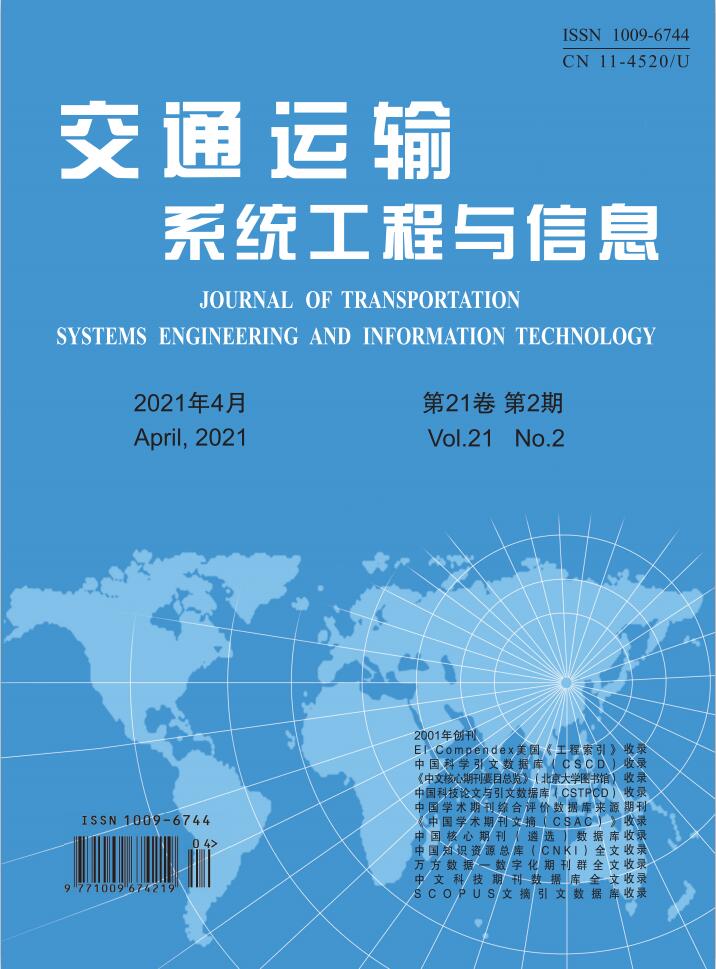To encourage the energy saving and emission reduction at the signalized intersections and improve the efficiency of road traffic, this paper establishes an ecological driving induction speed control strategy and a fuel consumption emission model based on the target vehicle speed correlation. The multi- objective genetic algorithm is used to optimize the target speed of ecological driving under the scenario of acceleration and deceleration crossings. The fuel consumption, emission, and travel time are defined as the objective functions, and the posted speed limit and non-stop passing speed are used as the constraints. Then, the joint simulation of different algorithm permeability and road saturation scenarios was carried out using MATLAB and VISSIM simulations. The joint simulation results were imported into the micro emission model MOVES to estimate the energy consumption and emission. The results show that the control strategy can increase the average speed by 13.8%, reduce the proportion of idling mode by 33%, and increase the proportion of medium speed cruise mode by 18%. The energy consumption and emissions of N2O, NOX, HC and CH4 were reduced by 6.6%, 12.2%, 4.0%, 6.3%, 2.9% respectively, and CO emissions increased by 1.5% under the scenario of high algorithm permeability and low road saturation. At last, the chassis dynamometer test was performed for the speed trajectories under different control strategies. The results show that compared with the scenario without speed control, the proposed strategy reduced the energy consumption by 53.1% and the emissions of CO, CO2 and PN respectively by 47.6%, 50.4%, 39.8% with NOX emission increase of 13.6%.


